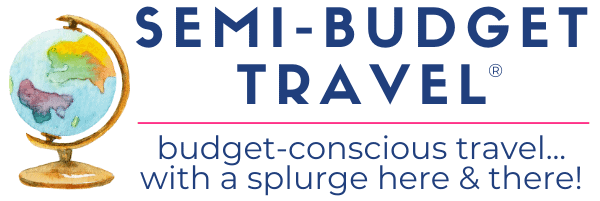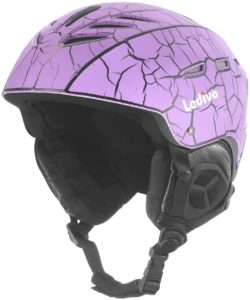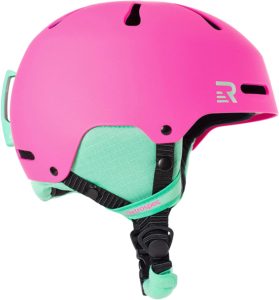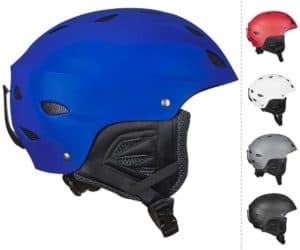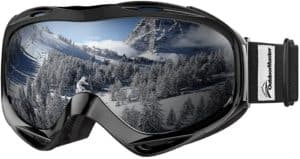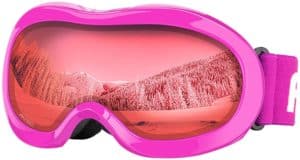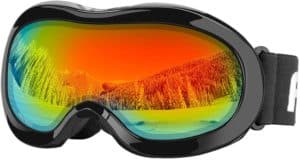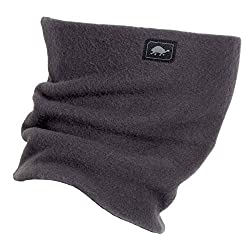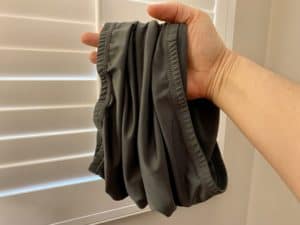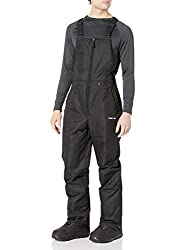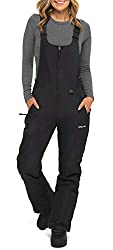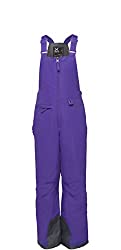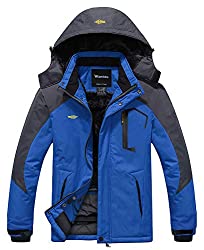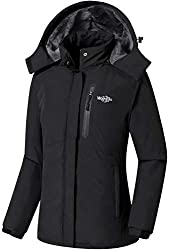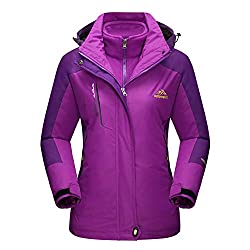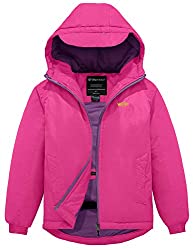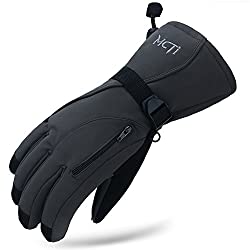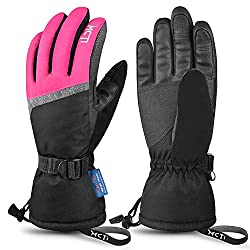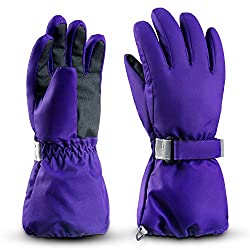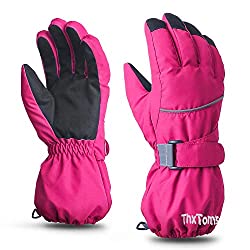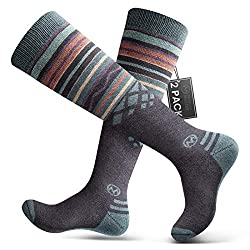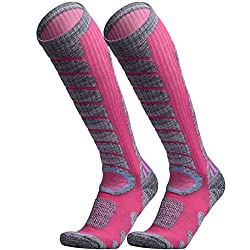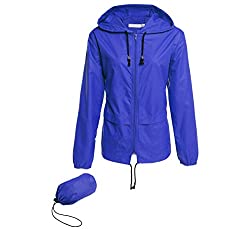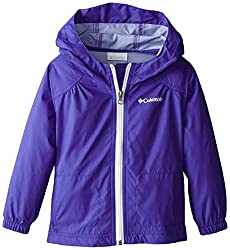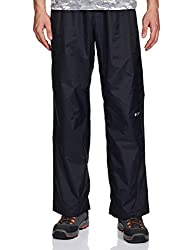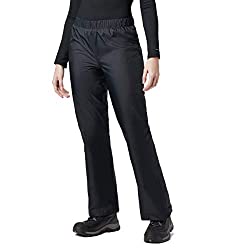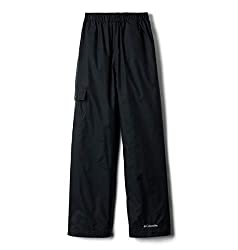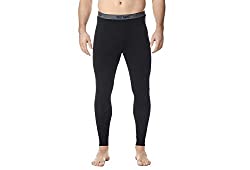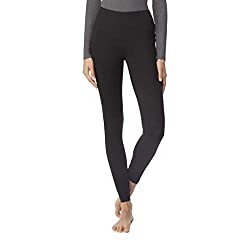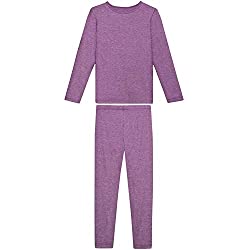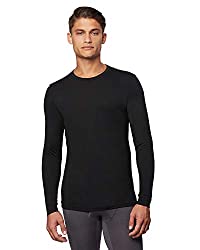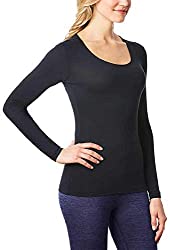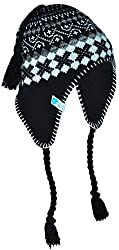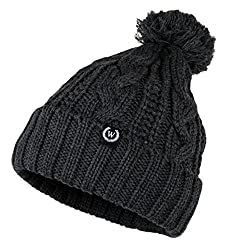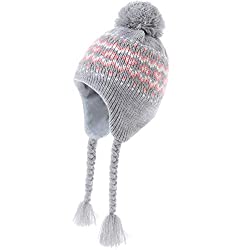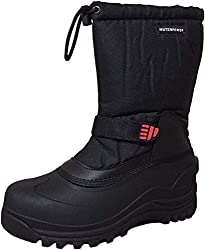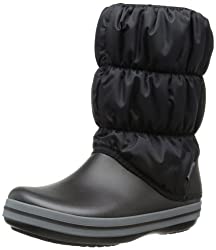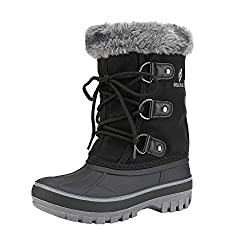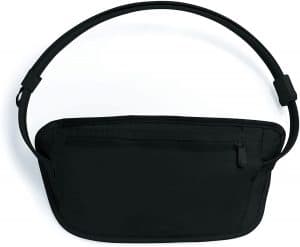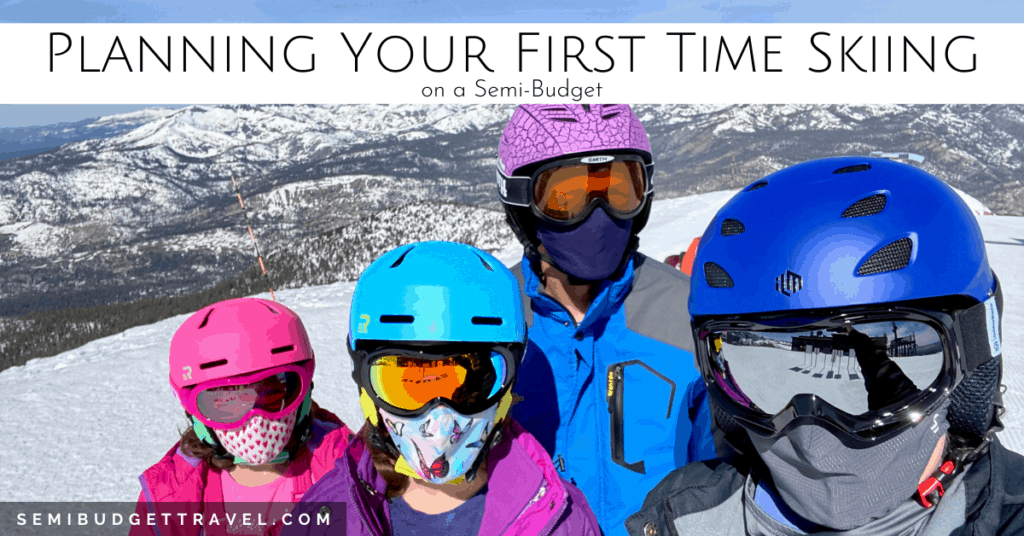
So, you’ve decided to go skiing for the first time! Do you have visions of being the next Olympic downhill racer? Or, are you looking forward to sipping hot cocoa by a crackling fire after a few runs down the bunny slope? Either way, we’re covering the basics of what you’ll need, what to do, and where to go for your first time skiing on a (semi) budget!
HI THERE! DON’T FORGET TO PIN THIS FOR LATER!
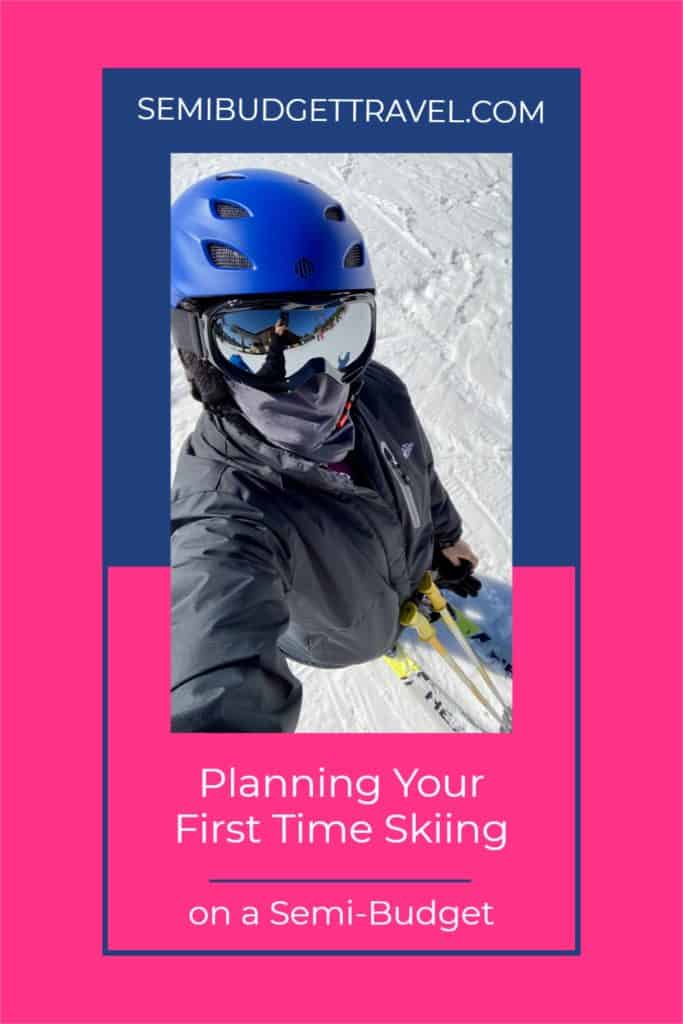
Will this be your first time skiing?
I do the vast majority of travel planning in our family, so you may be interested to know that a ski trip was actually my husband’s idea. He’s been skiing with his friends more recently, and he really wanted to take our girls on their first ski trip.
The thing is…I’ve only been skiing once before in my entire life, and it was during spring break my senior year in high school, which was…ahem…quite a long time ago. So, it was almost like my first time skiing, too (but really, the second time).
Check out this video for a sneak peek!
So, you’re asking…
How do I prepare for skiing for the first time?
First things first. Let’s look at what to wear your first time skiing.
What to Wear for Skiing
From head to toes, skiing is a sport that requires some unique clothing items and accessories. What you wear can also differ, depending on the season. Since we already own some basic snow gear, we didn’t have to buy too many new items for our first time skiing. Here’s what you’ll need:
Ski Helmet
Most everyone seems to wear a helmet on the ski slopes these days, and I think it’s a smart trend. The first time exiting the ski lift, my skis slipped out from under me, and I bonked the back of my head right on the ice. Ouch…but, thank you helmet!
It is possible to rent ski helmets? Yes. However, I have a thing for not sharing hats and the like. Just not gonna do it. Thankfully, there are some really great and affordable options for ski helmets for the whole family.
NOTE: The brighter the color, the better you can recognize your family members amongst the other skiers!
These are the exact ski helmets we purchased:
Ski Goggles
Sunglasses just don’t cut it for skiing. Ski goggles are necessary for extra protection from the sun, snow, and wind. Again, there are some good, affordable options in the way of ski goggles.
Also, if you wear glasses, no problem. Find some OTG (over the glasses) ski goggles. You wear your prescription glasses, and the goggles go right over the top! It worked perfectly for me!
Here are the exact ski goggles that we bought:
Face Mask
During the time of COVID, face masks are ubiquitous. However, even if you’re done with face masks, wearing one on the slopes might just be to your advantage.
Fewer chapped lips, more warmth, and less visible skin to have to cover with sunscreen. But, as you know, not all face masks are created equal. We’re glad we found Enro. Lightweight, multiple layers, and super breathable.
Click here to get a discount on your first order at Enro!
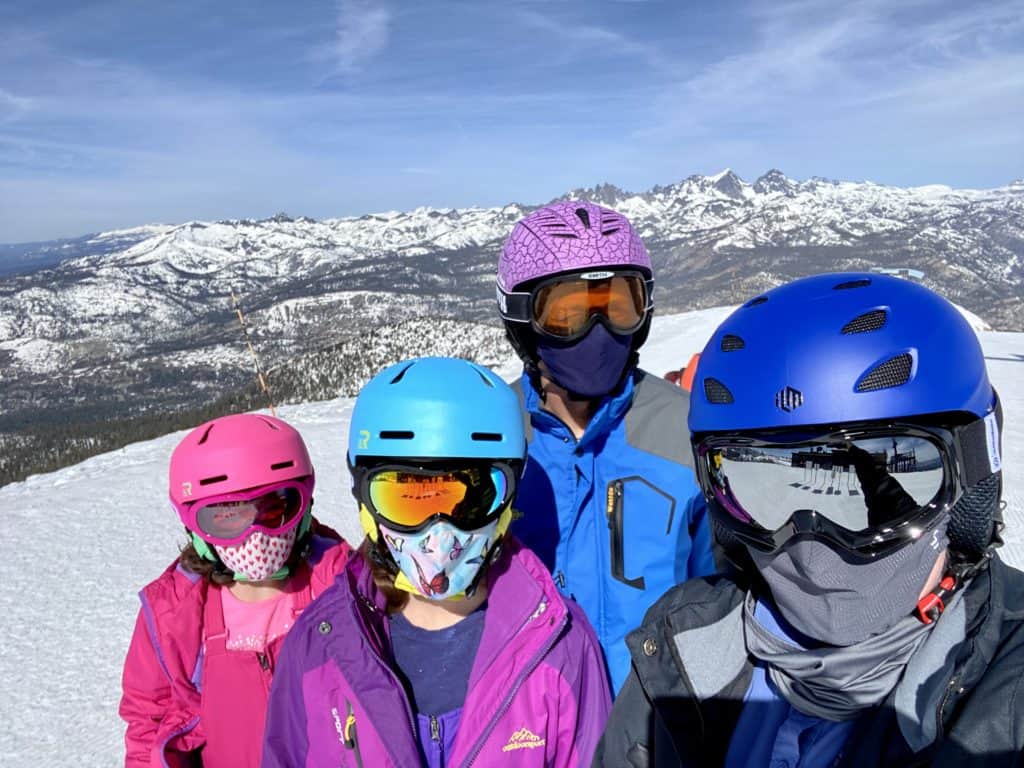
Neck Gaiter
Just like a face mask, a neck gaiter can provide both warmth and protection from the sun. I have a soft fleece one for chilly weather, as well as a lighter one for warmer days.
Snow Bib
Why not snow pants or ski pants, you ask? Well, the bottom line is that snow bibs are a little better at keeping out the snow and ice, if and when you take a tumble. They’re also more comfortable, in my opinion, since they are like overalls, while snow pants are more like jeans. Either way, waterproof is the real key here.
Again, there are so many affordable options when it comes to purchasing snow bibs. Make sure the ones you buy have zipper pockets. Zipper pockets are important for so many things, as we’ll find out a little later.
Ski Jacket
A good ski jacket provides another piece for waterproofing your ski wear. This outer layer can also help protect your arms and upper body in case of a fall. Brighter colors will make your family stand out against the slopes. And, as with the snow bib, make sure your snow jacket has lots of zipper pockets.
These are the exact ski jackets that we wear (3 out of 4 were purchased for our trip to Iceland!):
Snow Gloves
As with snow bibs and ski jackets, waterproof is the key word here. If your ski gloves are not waterproof, you will regret the first time your gloves touch the snow. Your hands will be wet and freezing all. day. long. That’s the last thing you want. So, make surely sure that your snow gloves are waterproof. You will thank yourself at the end of the day.
Here are some great, reasonably-priced options:
Ski Socks
Ski boots (which we haven’t talked about yet) are serious business. They are quite substantial, and they extend up to mid-calf level. As such, your normal everyday no-show socks, or ankle socks, or even crew socks, won’t work very well.
Wearing multiple pairs of socks on top of each other is also not recommended. Therefore, a nice pair of cushioned, tall, ski socks is the way to go.
Here are the exact ski socks we wear:
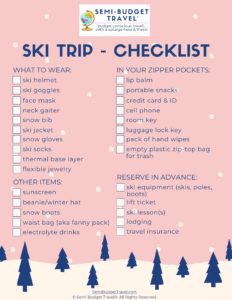
Grab Your FREE First Time Skiing Checklist!
What to wear, what to reserve ahead of time, and what to fill your zipper pockets with…all on a handy one-page checklist!
What does a beginner skier need?
Besides the clothing items and accessories mentioned above, beginner skiers will also need the following:
- ski equipment! – skis, poles, and boots
- lift ticket
- lesson(s)
Ski Equipment Rentals
For your first time skiing, it is advisable to rent your ski equipment. There is no reason to purchase your own equipment at this point in your skiing career. Likewise, borrowing equipment from friends and/or family won’t necessarily get you exactly what you need, in terms of size, fit, and quality.
It might be tempting to save a few dollars by renting from a ski shop in town, but if you run into problems, you’ll have a long way to go to get things remedied. Also, it makes for a lot more transportation of your gear than you might want to manage.
Renting equipment from the ski rental shop at the lodge nearest your home base on the mountain is your best bet. Up-to-date and well-maintained equipment will be sized just for you with expert fitting and setup of your skis, poles, and boots.
The ski equipment rental staff can also teach you:
- how to put on ski boots
- how to walk in ski boots
- how to carry your skis
Even if your ski resort also rents helmets and goggles, I do recommend purchasing those items prior to your ski trip (see above for our recommendations).
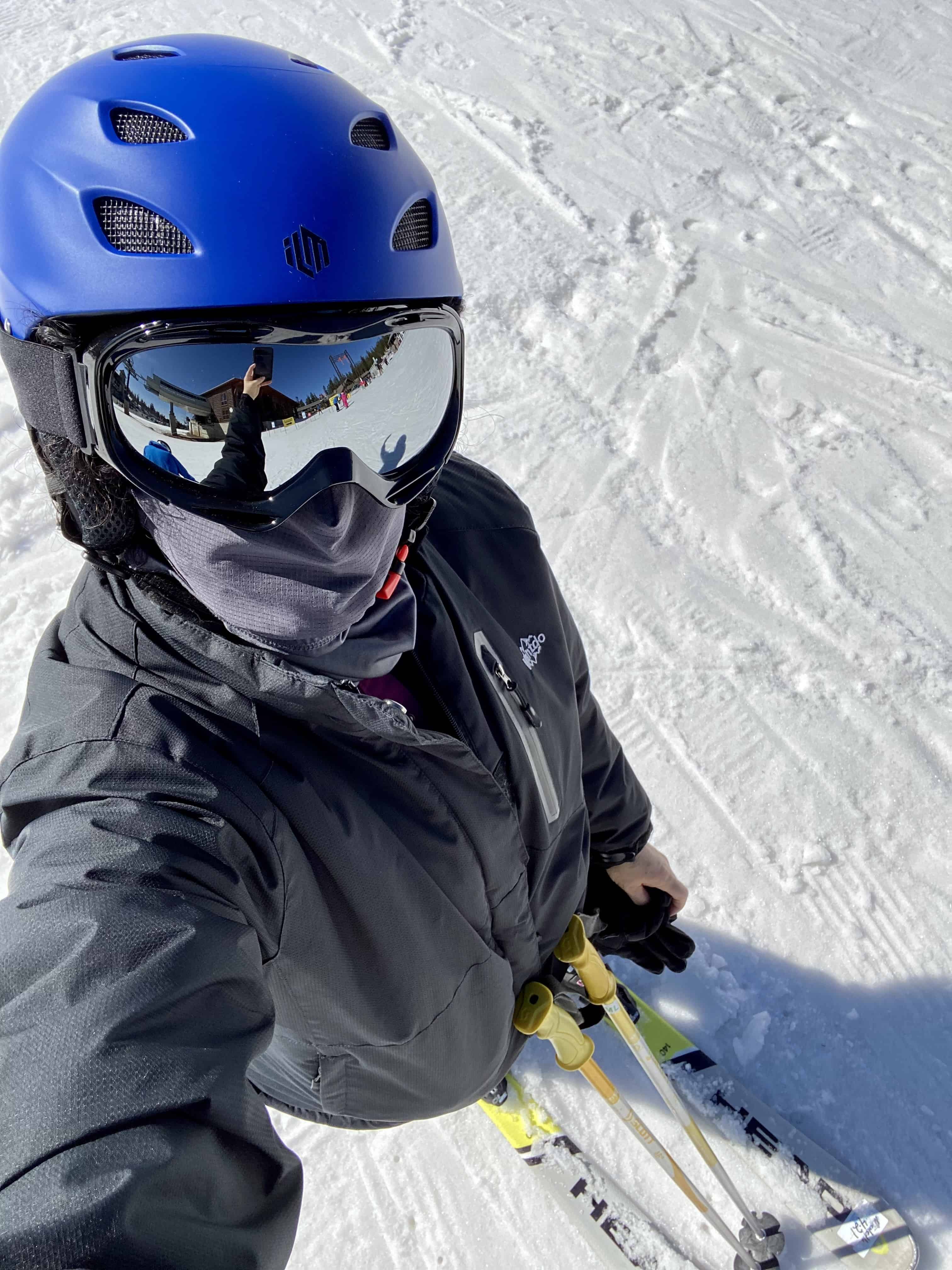
Lift Ticket
It goes without saying that, if you want to ski, you will need a lift ticket. To save a little money, some resorts offer special beginner lift tickets. They limit the ski lifts you can use, but they are cheaper than the regular lift tickets.
Ski Lesson(s)
Ski lessons are imperative for first time skiers and beginners. So, next we’ll look at learning to ski for first time skiers.
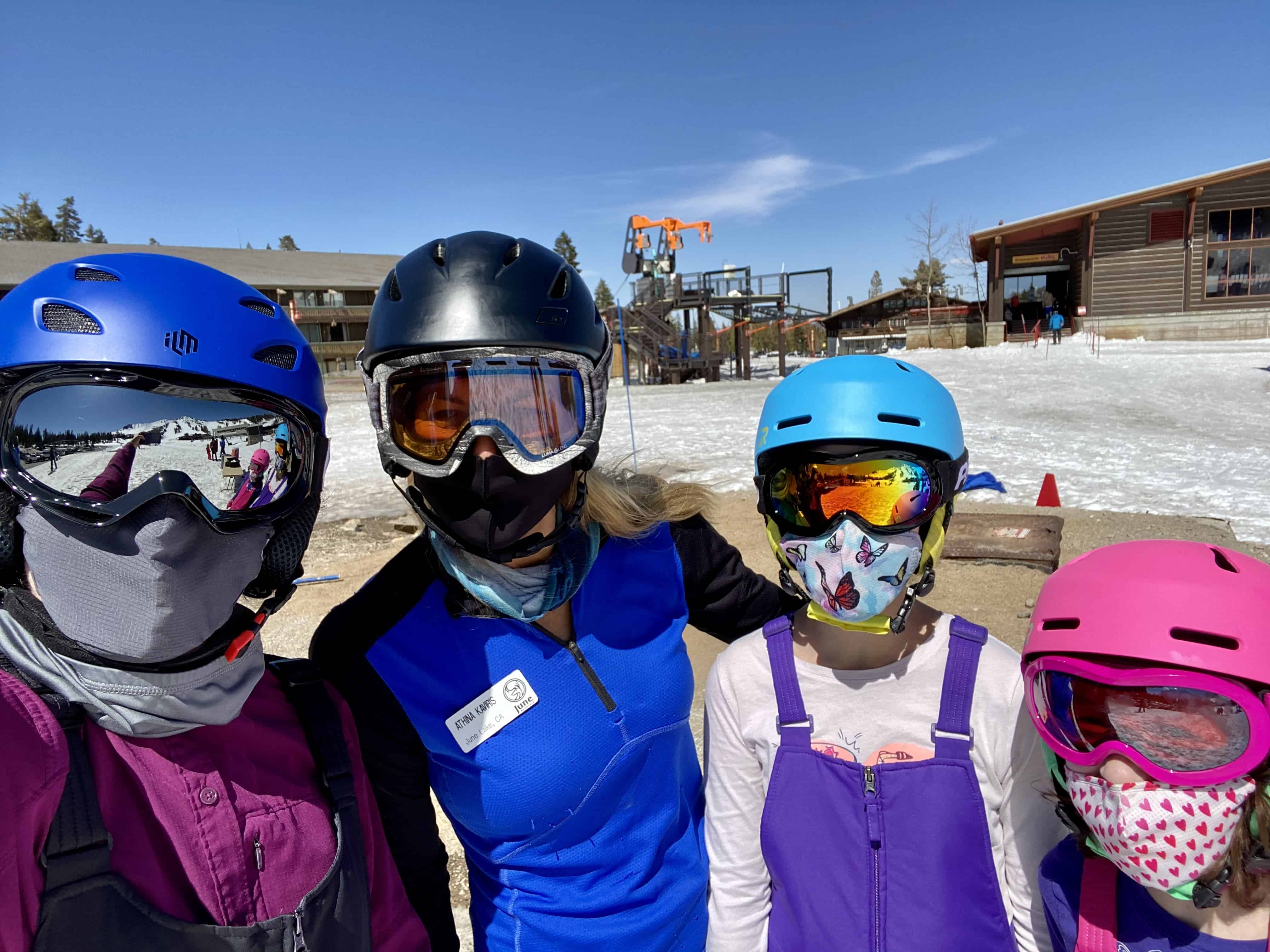
How to Learn to Ski
For your first time skiing, you should learn from a legit ski instructor. They are experienced skiers, and you are not (yet, at least!).
The first time my Dad went skiing (in his 30s, without a helmet, with his brother-in-law, who was not a ski instructor), he found himself upside down in a tree. He was pretty beat up, but it could have been much worse.
So, take a lesson (or two, or three) from a ski instructor at your ski resort, preferably on your first day. They are more than ready to help new skiers learn the ropes.
Are ski lessons, especially private lessons, cheap? Nope. It is highly possible, however, that you will increase your skills in a matter of hours, making the rest of your ski trip that much more enjoyable.
It’s amazing how quickly you can pick-up new skills, when you’re being taught by expert skiers!
A good instructor can teach you:
- first time skiing tips
- beginner skiing tips
- how to put on skis and move around
- how to hold your ski poles
- how to get on and off a chairlift
- how to ski!
There’s often a special ski area for beginners, with a magic carpet, instead of a chairlift.
Other Things You Need for Skiing
We’ve covered what to wear for skiing, as far as special items go, as well as equipment, lift tickets, and lessons.
There are a few more items that you will need and will make your ski trip more enjoyable.
Sunscreen & Lip Balm
Granted, skiing is a sport where much of your skin is covered up most of the time. However, you don’t want the gaps in coverage to get burned to a crisp, and they will, without sunscreen.
My favorite water-resistant (and so, sweat-resistant) sunscreens and lip balm are:
Flexible Jewelry
Leave your expensive jewelry at home. You’ll be taking your ski gloves off and putting them back on all throughout your ski trip. With that and cold weather, you don’t want your rings slipping off and getting lost in the snow.
Instead, wear a silicone ring by Groove. They’re super flexible rings, and the company has a great warranty program, if something should ever happen to your ring.
Clothing Layers
Be sure to bring clothing other than your ski wear to change into each day. This includes underwear. Especially if you are skiing in late season, it will be warm, and you will sweat…a lot.
If it’s warm enough, you might even want to ditch your ski jacket. If you do that, however, make sure you still have a waterproof layer on top and bottom. Also, if you do ditch the jacket, realize that you will lose some padding on your arms and torso.
Size-up in the rain pants, so you can wear them right over your regular clothing on a really warm day.
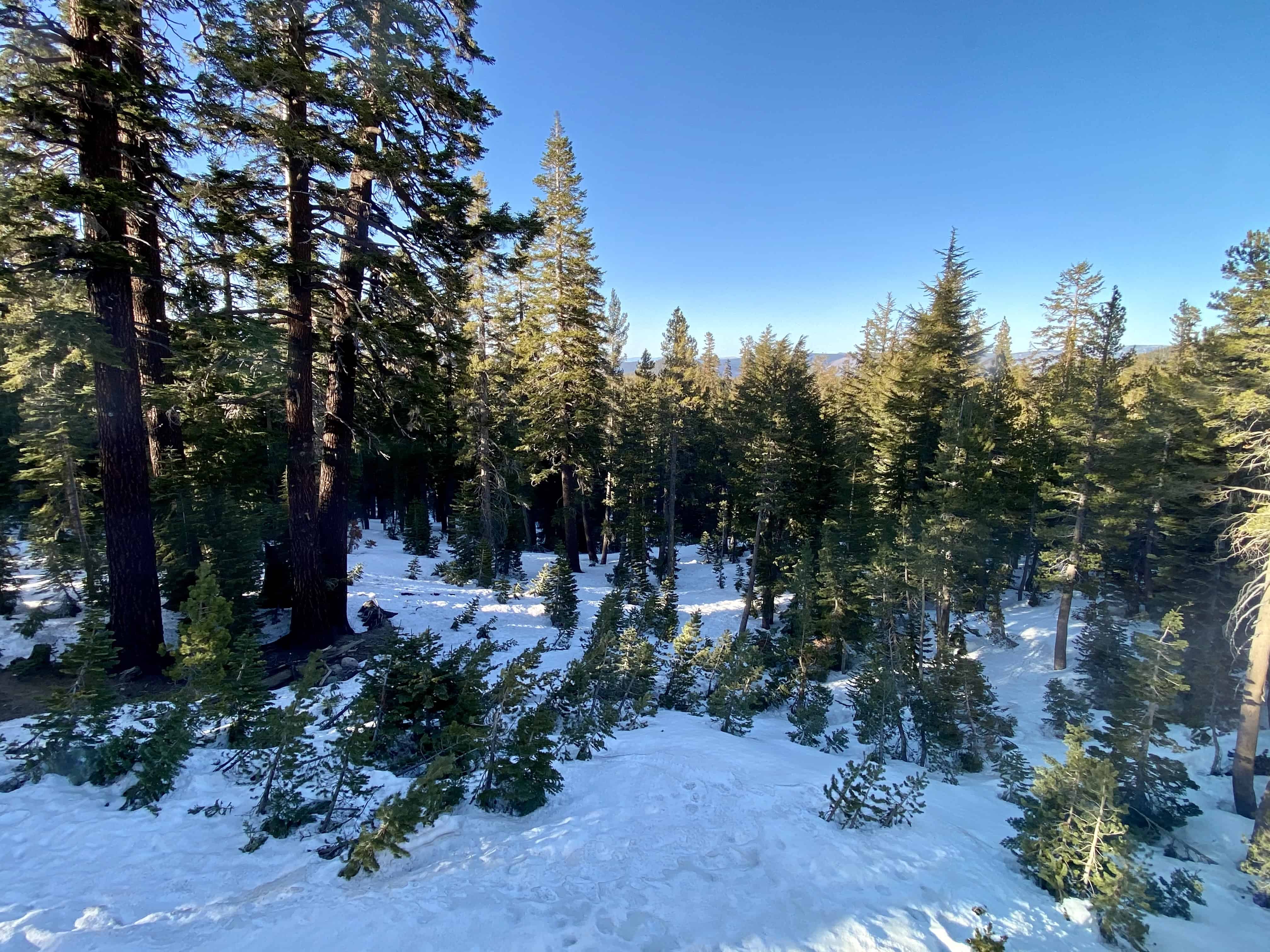
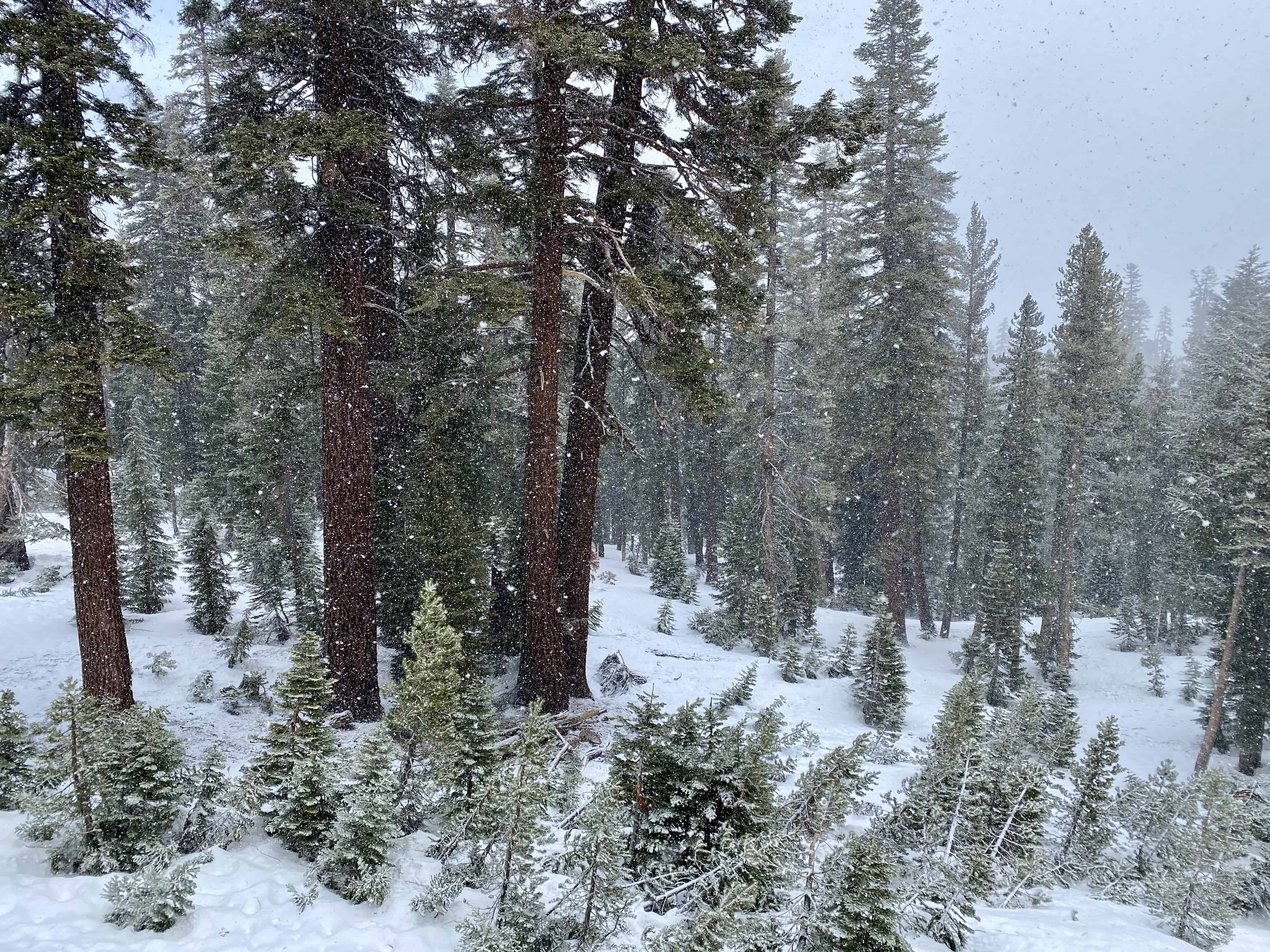
The weather can change on a dime, so be ready for it. On cold skiing days, you might want a thermal base layer.
Here are some of our favorite base layers:
Beanie or Winter Hat
Before or after skiing, you may want a beanie for when you’re off the slopes. Besides keeping your ears and head warm, it will cover up the inevitable helmet head that you’ll have from skiing all day!
Here are our favorite winter hats:
Snow Boots
I guarantee that, when you don’t have to be walking around in your ski boots, you’re gonna want to have something more comfortable on your feet. Keep your feet warm and cozy (and still be able to play in the snow) with an affordable pair of snow boots.
I especially love my Crocs snow boots for walking around off the slopes.
Waist Bag (aka Fanny Pack)
You can’t have enough zipper pockets. Some things, however, don’t need to be immediately accessible while you’re on the slopes. For those items, a waist bag (waist pouch, waist wallet, fanny pack, etc.) is super handy.
The one I use is an anti-theft product meant for wearing under your clothes during travel. As such, it’s fairly flat. Yet, even though it’s quite thin, it still held:
- credit cards
- ID
- room key
- luggage lock key
- lip balm
- receipts
Snacks
Once you’ve got all your gear on, and you’re out on the slopes, it can be tricky to stop for a bite to eat. Enter the portable snacks…one more thing for those zipper pockets!
With a granola bar in your pocket, you can take a moment to replenish your fuel tanks almost anywhere on the mountain. With the quick burst of energy that your portable snack can provide, you can continue to make the most of your time on the slopes.
You also don’t have to figure out what to do with your equipment…or figure out how to walk great distances in your ski boots.
A small bottle or two of Gatorade is also a good idea to have with you. (I literally carried one in my jacket pocket on Day 2 of skiing.) Again, especially during spring skiing, you can sweat and sweat and sweat. At some point, you’ll need to replenish the water you’ve lost. I can’t tell you how good that little bottle of Gatorade tastes during a spring skiing lunch break!
Lodging
It goes without saying that you’ll need a place to stay on the mountain. This is one area where you need to weigh the pros and cons (including price, of course) of staying right at the ski resort or staying a little further away.
One thing to consider is altitude. Unless you live in a ski town normally, chances are you don’t live at a very high altitude. When you show up at the ski resort, your body might let you know that something is different. It may help to stay at a location that is at a lower elevation.
A Bit of Confidence
Not over-confidence. Just a bit of confidence.
For your first time skiing, you will probably fall at some point. That bit of confidence will help you get back up and try again.
Stick to the green runs (the easy slopes), unless your instructor takes you to another level. Build your confidence, and master the green runs and basic skiing techniques before upping the challenge level. I know my skill level at this point, and if I were to attempt any blue runs, I’d be sliding down on my bottom the entire way!

Grab Your FREE First Time Skiing Checklist!
What to wear, what to reserve ahead of time, and what to fill your zipper pockets with…all on a handy one-page checklist!
Budget Ideas for Ski Trip
Surprise! Skiing is not the cheapest pastime.
There are some things you can do, however, to save on certain costs.
Off-Season Skiing
Thanksgiving or Christmas week in Vail, Colorado, is…I’m just guessing here…not gonna be the most inexpensive skiing you can find. However, Mammoth Mountain in mid-April, for example, will offer reduced rates on just about every major part of your ski trip.
Beginner Lift Tickets
Some ski resorts offer “beginner lift tickets.” These are lift tickets that limit the chair lifts you can access, usually just to those leading to the green runs. As such, they are cheaper than the regular lift tickets.
Afternoon Lessons
There is higher demand for lessons first thing in the morning. So, some ski resorts offer discounted rates for the afternoon lessons. Check to see if afternoon lessons are cheaper, in order to save a bit on lessons.
BYO Food
Bottom line: ski resort food is not cheap.
Would you like to pay $20 for a hot pretzel? Well, to be honest, it was a giant soft pretzel. And, if you divided it into fourths and charged $5 for each piece, it would actually kinda make sense. And, that beer cheese sauce was delicious. But, I digress…
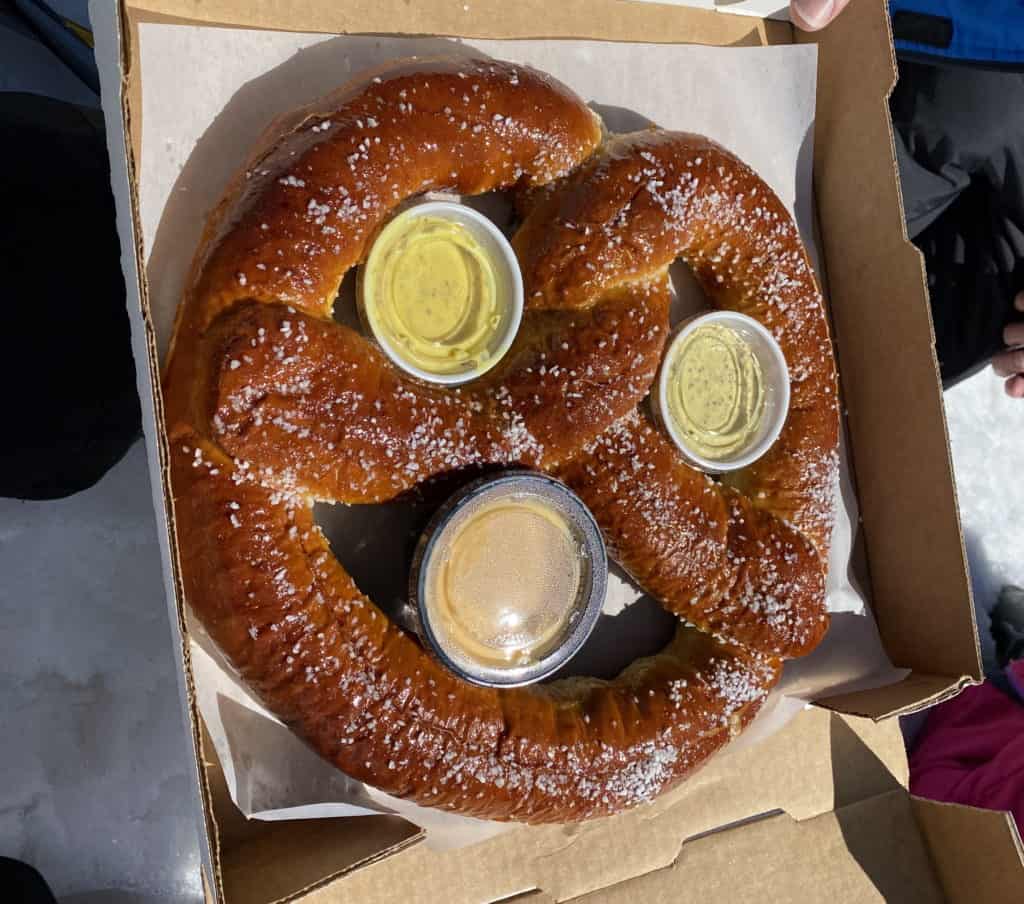
Bring your own food. It will save money. At the very least, bring breakfast items and snacks. Eating breakfast at your place of lodging will also save time in the mornings, allowing you to get to the slopes without having to deal with a restaurant.
If you are staying somewhere that has a full kitchen, you could save more by making your own dinner, but you will probably not feel like it after skiing all day. Eat out as reasonably as possible, and fill in the gaps with the foods you brought.
Purchase Travel Insurance
While you make your ski trip plans, you also need to consider the what ifs. Illness, weather delays, work emergencies. They can all happen and cause problems for your long-planned trip. That’s why you need to purchase travel insurance. This is an important tip, no matter what type of trip you’re taking.
Best Ski Resort for Beginners
There are several things to look for in a ski resort for your first time skiing. The best ski resort for beginners will have the following features.
Variety of Beginner Trails or Runs
Standard signage for trails, or ski runs, in the U.S. is as follows:
- Green Circle = beginner runs
- Blue Square = intermediate runs
- Black Diamond = expert runs
- Double Black Diamond = expert *only* runs
Look for ski resorts with a decent amount of green, or beginner, runs. Then, you’ll have some variety to choose from, while you’re learning to ski.
Good Ski School
Choose a ski resort with a good ski school. You’re paying good money for a lesson. You want to have a good ski instructor.
First Time Skiing Checklist
With all the unique gear you will need for skiing, as well as all the other things to think of and remember, I’ve created a FREE First Time Skiing Checklist for you!
It’s got all the skiing essentials for beginners, including:
- all of your first time skiing gear
- all the things you’ll need to reserve ahead of your trip
- all the things you’ll need in your zipper pockets while skiing

Grab Your FREE First Time Skiing Checklist!
What to wear, what to reserve ahead of time, and what to fill your zipper pockets with…all on a handy one-page checklist!
You can also download my FREE Ultimate Packing List, so you won’t forget all the other things you need for your first time skiing!
ENJOYED THIS POST? PIN IT FOR LATER!
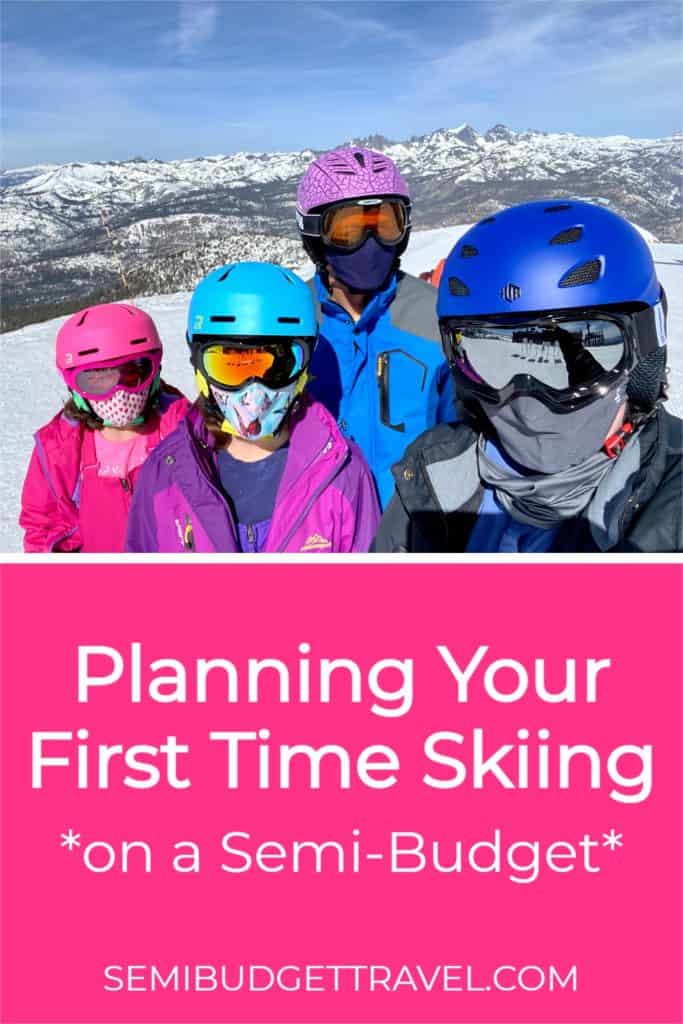
OG: 05052021
STARTS WITH
A GREAT BUDGET!

ALL GREAT SEMI-BUDGET TRAVEL
It's easy! I will show you how with a FREE trip planning tool.
